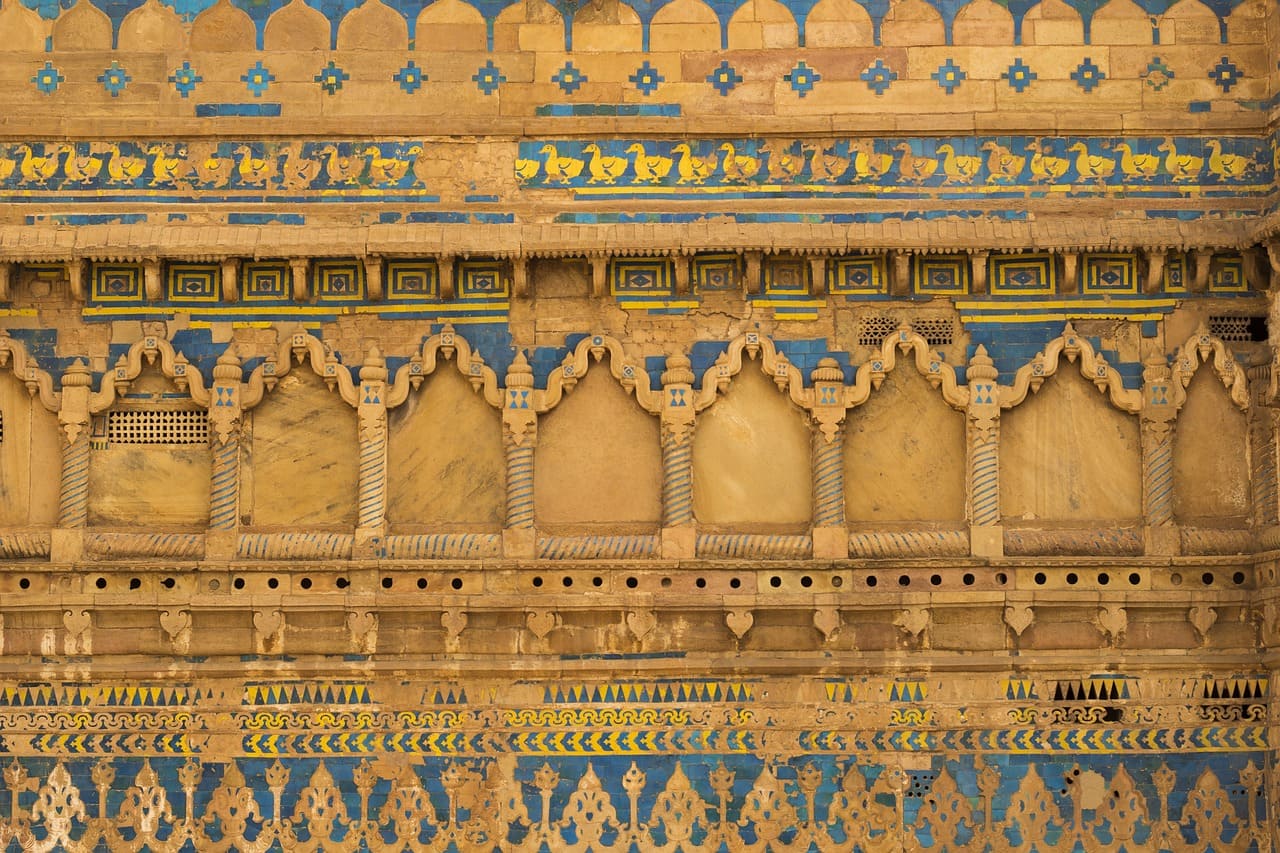India's geological landscape is rich and diverse, endowing the country with a plethora of exquisite
natural stones. Indian natural stones have been prized for centuries for their beauty, durability,
and versatility, making them highly sought-after in the global market. In this blog post, we'll take
a look at the fascinating world of Indian natural stones, looking at their different types, unique
characteristics, popular varieties, and the wide range of applications where they shine.
India has a rich geological history that has played an important part in the production of
many kinds of natural stones. The country's geological history spans millions of years, and its
unique geological characteristics have led to the formation of a broad variety of rocks and
minerals.
India's geological variety is due to its location at the intersection of the Indian, Eurasian,
and Arabian tectonic plates. This interaction resulted in the construction of a variety of
geological structures, such as mountains, plateaus, and plains.
India's geological legacy is the result of a complex interaction of tectonic activity,
sedimentation, and volcanic processes that have sculpted its unique natural stone formations.
This geological diversity not only enhances the country's scenic beauty but also supplies vital
resources for a variety of enterprises.
2. Indian Natural Stone Varieties
Granite: Granite is formed through the crystallization of magma under the Earth's
crust. It belongs to the category of igneous rocks and is known for its durability, hardness,
and a wide range of colors and patterns.
Marble: Marble is a metamorphic rock formed when sedimentary carbonate rocks such as
limestone or dolomite undergo metamorphism. It is distinguished by its unique veining, a variety
of colors, and a smooth, polished surface.
Sandstone: Sandstone is a sedimentary rock made up largely of sand-sized mineral
particles, rock fragments, and sometimes organic material. It is formed when sand granules
consolidate and cement together, usually on a beach or in the desert. Sandstone is recognized
for its distinct texture, color variation, and adaptability in building and ornamental uses.
3. Ancient Temples and Palaces
Many historic temples and palaces across the globe are constructed using natural stones,
demonstrating the architectural and aesthetic properties of these materials. The use of natural
stone in such constructions enhances their visual appeal while also reflecting earlier
civilizations' architectural talents and workmanship.
The Taj Mahal, a UNESCO World Heritage Site in Agra, India, is a magnificent white marble
mausoleum built by Emperor Shah Jahan in memory of his wife Mumtaz Mahal. The entire structure,
including the iconic dome and intricate carvings, is crafted from white Makrana marble.
Modern architectural wonders often incorporate natural stones for their aesthetic appeal,
durability, and sustainability. The Lotus Temple in New Delhi is an
architectural marvel made of white marble. The temple, shaped like a lotus flower, features 27
free-standing marble-clad "petals" that create a stunning and serene structure.
4. Interior and exterior usage
Flooring: Marble, particularly Makrana and Carrara, is a popular option for
elegant flooring in homes, hotels, and commercial buildings. Granite is commonly used for
durable and low-maintenance flooring, providing a polished and elegant look.
Cladding: Sandstone is widely used for exterior facades, providing a blend of
natural beauty and durability. Granite is also employed for its strength and resistance
to weathering.
Countertops and Vanity Tops: Granite is a preferred material for kitchen and
bathroom countertops due to its resistance to heat, scratches, and stains. Marble
countertops and vanities add a touch of sophistication to interior spaces, although they require
more maintenance compared to granite.
5. Natural Indian Stones in Design Styles
Traditional and Cultural Design aesthetics embrace the heritage and timeless charm of Indian natural stones. India has a rich heritage of using natural stone in various traditional and cultural designs. Different regions and communities in India have employed a wide range of stones, including marble, sandstone, granite, and limestone, to create structures, sculptures, and decorative elements.
Fusion and eclectic design styles have become increasingly popular in both architecture and interior design, allowing for the blending of traditional and modern elements to create unique, vibrant, and personalized spaces. The use of Indian natural stones in fusion and eclectic designs offers endless possibilities to merge heritage with contemporary aesthetics. By combining Indian stones with various materials and design components, designers can craft spaces that exude both timeless elegance and modern flair.
6. Sourcing and Sustainability
Ethical sourcing practices and responsible extraction of natural stones from India are
essential to ensure the sustainability of the industry, protect the environment, and uphold
ethical standards for workers and local communities.
Royal Indian Stones is dedicated to ethical sourcing and responsible extraction practices, which ensure the sustainability of the natural stone industry in India. This commitment aims to protect the environment, respect workers' rights, and support local communities. By implementing ethical practices in the extraction process, the company helps reduce environmental degradation and promotes fairness in labor conditions.
To further strengthen these efforts, Royal Indian Stones adheres to various certifications and standards that guarantee the long-term viability and high quality of stone production. These certifications ensure responsible resource management, environmental protection, and worker welfare.
Conclusion:
Natural stones from India are a treasure trove of beauty, history, and craftsmanship. From iconic
monuments that have stood the test of time to modern architectural marvels that demonstrate these
stones' adaptability, India's natural stone heritage continues to inspire and captivate. We can
celebrate the timeless allure of Indian natural stones and bring a touch of their rich heritage to
our living and built environments by understanding their types, embracing their unique
characteristics, and incorporating them into various design applications.







